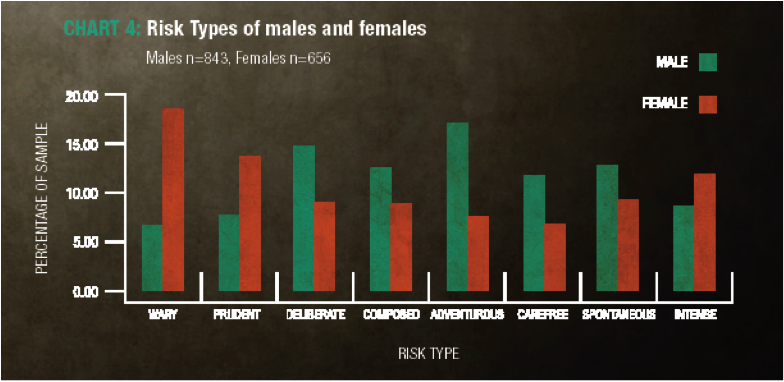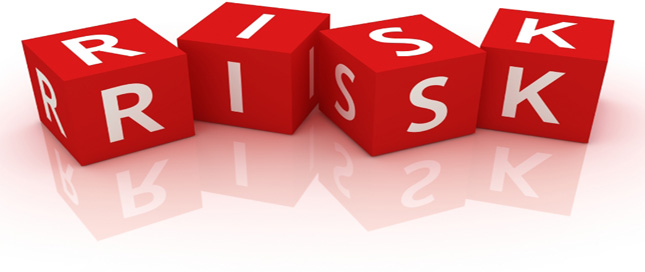Articles
Developing Resilience
Organisations are complex systems with many moving parts. For example, shipping companies have shops, crews, vessel managers, cargo agents, HR managers, training managers. safety managers, Board Directors etc. These parts all interact with each other as well as externally with an outside world of regulatory, environmental, physical, economic and human factors. To remains successful, such systems must be able to maintain their stability in the face of constant perturbation both from outside and in.
The Mosaic of Risk Culture
“Risk Culture”, with its implications of a deeply entrenched set of influential and effective risk attitudes, has an obvious appeal as a vehicle for risk-management, potentially opening doors to new possibilities and solutions. The practical difficulties associated with this approach arise from uncertainties concerning the definition of culture and, as a consequence, uncertainties about its mechanisms, its constituent parts, or its processes. When it comes to action, intervention or influence, it is difficult to know where the levers are, which to pull or how to get to grips with culture. This dilemma was summed up by the late Professor Peter […]
Risk Type, Gender and the Benefits of Balance
Research, it is has been claimed, shows little difference in personality between genders. This has been disputed recently by others and our own research into personality based Risk Type shows that, although both genders include significant numbers of all the Risk Types, there are quite dramatic differences in the incidents of Risk Type for males and females (diagram 1). Amongst females there is a greater proportion of the more cautious Risk Types, and amongst males, a greater proportion of more adventurous and reckless Risk Types. But what is really interesting, is that if you combine male and female data, the […]
The Auditor: Risky Business
Auditing is risky business. The choice of becoming an auditor, choosing your field of expertise, gaining an understanding of the standards, and applying to technical area all rely on a professional’s competence. What underlies this competence is the confidence to complete the task. This confidence is achieved through the ability to resolve the risk inherent in the process. Let’s talk risk.
Understanding Risk: Tools for management and development
Our presence on this planet owes everything to the way that our ancestors dealt with risk. To survive, we had to be successful in dealing with the extraordinary challenges we faced, otherwise our own unique and very particular bundles of genes would not have made it.





